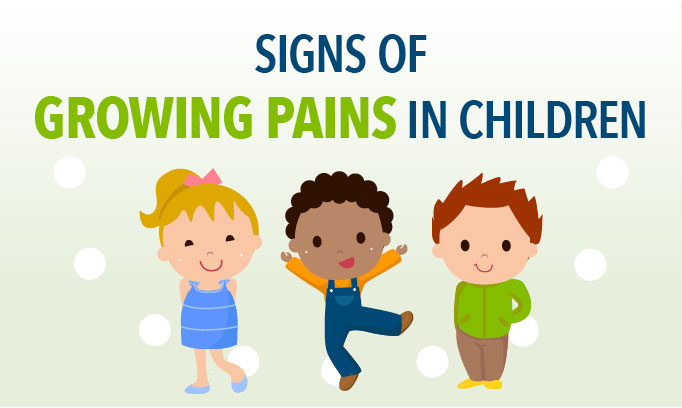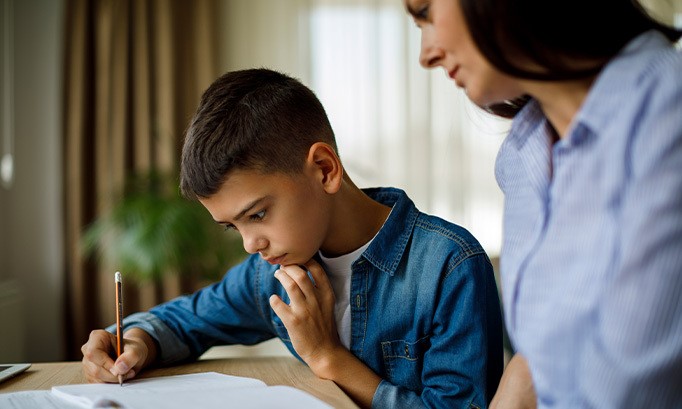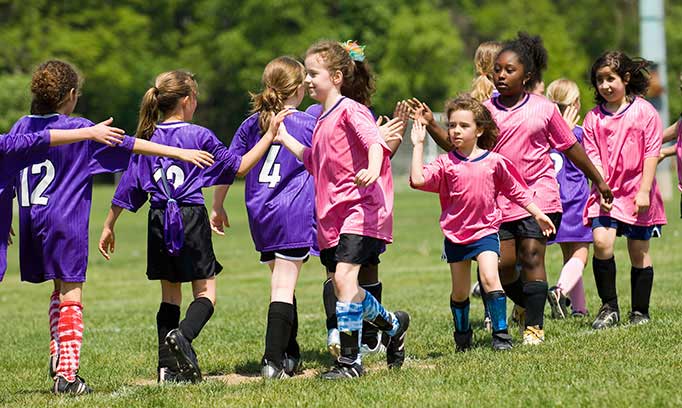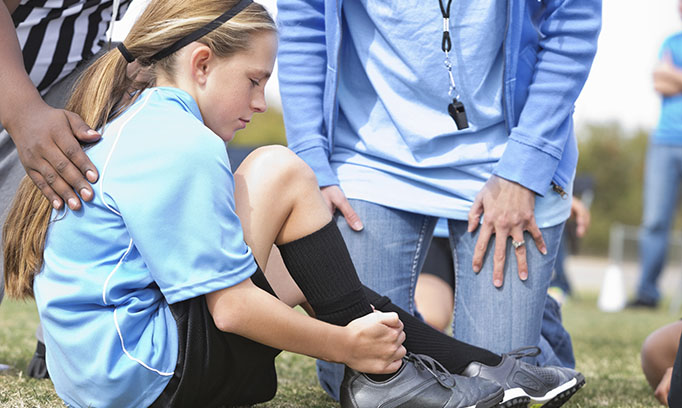CARE
Growing pains: A guide for parents
When children wake up in the middle of the night with achy legs or arms, we often say they have growing pains.
There's no evidence that growth actually causes the pain, but the pain is real. And since it interrupts sleep, first for the child, and then for the parent, it's often something that parents worry about. Sometimes I encourage parents to keep a diary of when the pain occurs and what the child was doing that day. That's because it often happens when children have had an especially active day.
If you've ever wondered if your child's achy legs or arms could be growing pains, the infographic below provides some clues. If your child's pain seems different than what is described, check with your provider, especially if pain interferes with daily activities or lasts more than a few
days.

As this infographic states: growing pains are most common in children ages 3-12. Pain occurs late in the day or at night, it may awaken the child from sleep. It often occurs after lots of physical activity. The pain occurs in both legs or in both arms at the same time. Pain is often in the lower legs, on the front of the thigh or occasionally in the lower arms. Treat with acetaminophen, ice, rest and light massage, and try light stretching before being active. Check with your provider if pain does not improve with treatment.
MORE LIKE THIS
13 Signs of ADHD in Children
Posted September 18, 2020
Every child gets fidgety or distracted sometimes. That’s especially true today, while we’re all adapting to new routines like distance learning, working from home and more. But if your child consistently struggles to pay attention, can’t sit still, or isn’t able to stay on task, the reason could be Attention-Deficit/Hyperactivity Disorder (ADHD).
Continue reading







